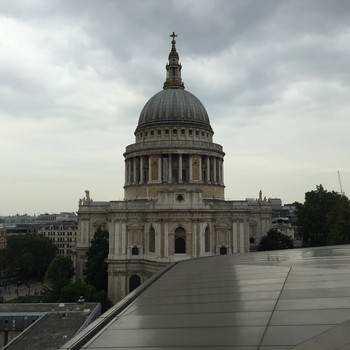Why is there no gas pressure in a vacuum?
2 Answers
Gas pressure is caused by the molecules of gas striking the walls of a container, or in the case of Earth's atmosphere, the molecules of air hitting the earth. In a vacuum, there are no gas molecules. No molecules, no pressure.
A vacuum pump can remove a large number of gas particles from a bell jar. Check out what happens to the peeps inside of the jar when the pressure drops when gas particles are removed...
Video from: Noel Pauller
It's not really the case that it's "No pressure", it's just "very very low pressure".
Explanation:
Pressure is a result of collisions of gas molecules/atoms with the walls of a container, so the fewer molecules/atoms present the lower the pressure.
Remember
When you create a vacuum, the vacuum pump removes a large amount of the gas from the container, so the pressure of the gas falls to a very low value. However, in order to have "no pressure" (i.e. a pressure of zero) you would need to remove every single atom of gas, and in practise you will never do that, but you can get down to very low pressures indeed.
With specialised equipment, such as a sputter ion pump and very low temperature it is possible to get lower than



